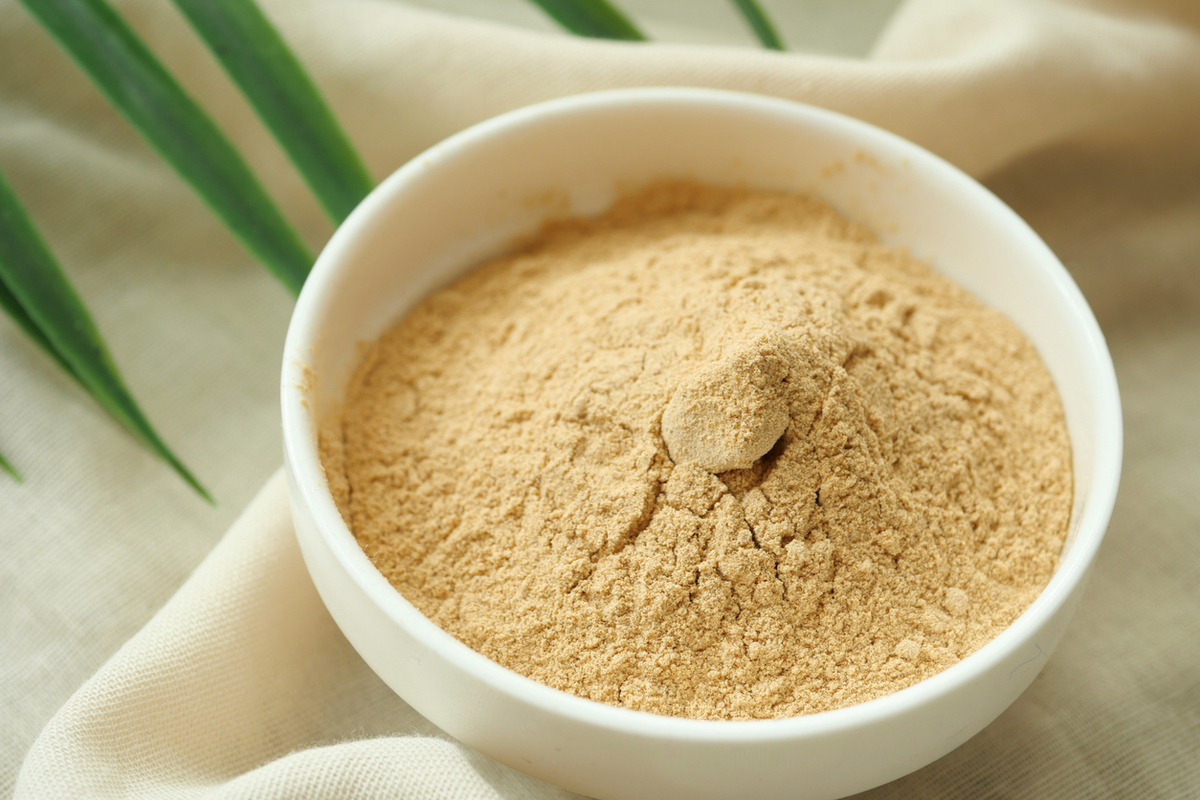
Engineered Yeast Produces More Succinic Acid
August 20, 2025| |
Researchers from the University of Illinois Urbana-Champaign and Princeton University have made a breakthrough in producing succinic acid, a valuable industrial chemical, using engineered yeast. By re-engineering the metabolism of the yeast Issatchenkia orientalis, the team achieved a significant increase in production yield, bringing the process closer to large-scale commercial use.
The study, published in Nature Communications, used a strategy called “decompartmentalization” to increase the availability of NADH, a coenzyme critical for energy transfer within cells. The researchers moved the energy-producing systems from the mitochondria into the cytosol to make the yeast produce more succinic acid efficiently. “These advances bring us closer to greener manufacturing processes that benefit both the environment and the economy,” said Vinh Tran, primary author of the study.
The new method boosted succinic acid yield to 0.85 grams per gram of glucose, reducing the minimum product selling price (MPSP) from $1.30 to 97 cents per kilogram. “That is huge. For industrial chemicals, even a few cents is a big reduction,” said Huimin Zhao, CABBI Conversion Theme Leader and professor at Illinois. The research team is also applying the approach to other bio-based chemicals, paving the way for more sustainable alternatives to petrochemical production.
For more information, read the article from the University of Illinois Urbana-Champaign.
| |
You might also like:
- GM Yeast to Produce Valuable Materials from Urine
- Engineered Yeast Converts Methanol to D-lactic Acid
- Experts Develop Engineered Yeast with Increased Healthy Fatty Acid
Biotech Updates is a weekly newsletter of ISAAA, a not-for-profit organization. It is distributed for free to over 22,000 subscribers worldwide to inform them about the key developments in biosciences, especially in biotechnology. Your support will help us in our mission to feed the world with knowledge. You can help by donating as little as $10.
-
See more articles:
-
Plant
- AI-Powered Robots to Transform Crop Breeding
- Scientists Use AI to Boost Precision of Gene Editing
- EFSA GMO Panel Releases Scientific Assessment of GM Maize T25
- Engineered Yeast Produces More Succinic Acid
- IRRI Scientists Identify Rice Gene Variant that Boosts Yield Under Drought
-
Food
- 8th Asian Short Course on Agribiotechnology, Biosafety Regulation, and Communication (ASCA8)
- Pairwise Licenses Fulcrum® CRISPR Platform to Mars for Cacao R&D
-
Environment
- ISAAA, Bayer, and SciCommPH Empower Media Practitioners to Make Informed Biotech Reporting
-
Read the latest: - Biotech Updates (December 3, 2025)
- Gene Editing Supplement (November 26, 2025)
- Gene Drive Supplement (February 22, 2023)
-
Subscribe to BU: - Share
- Tweet

